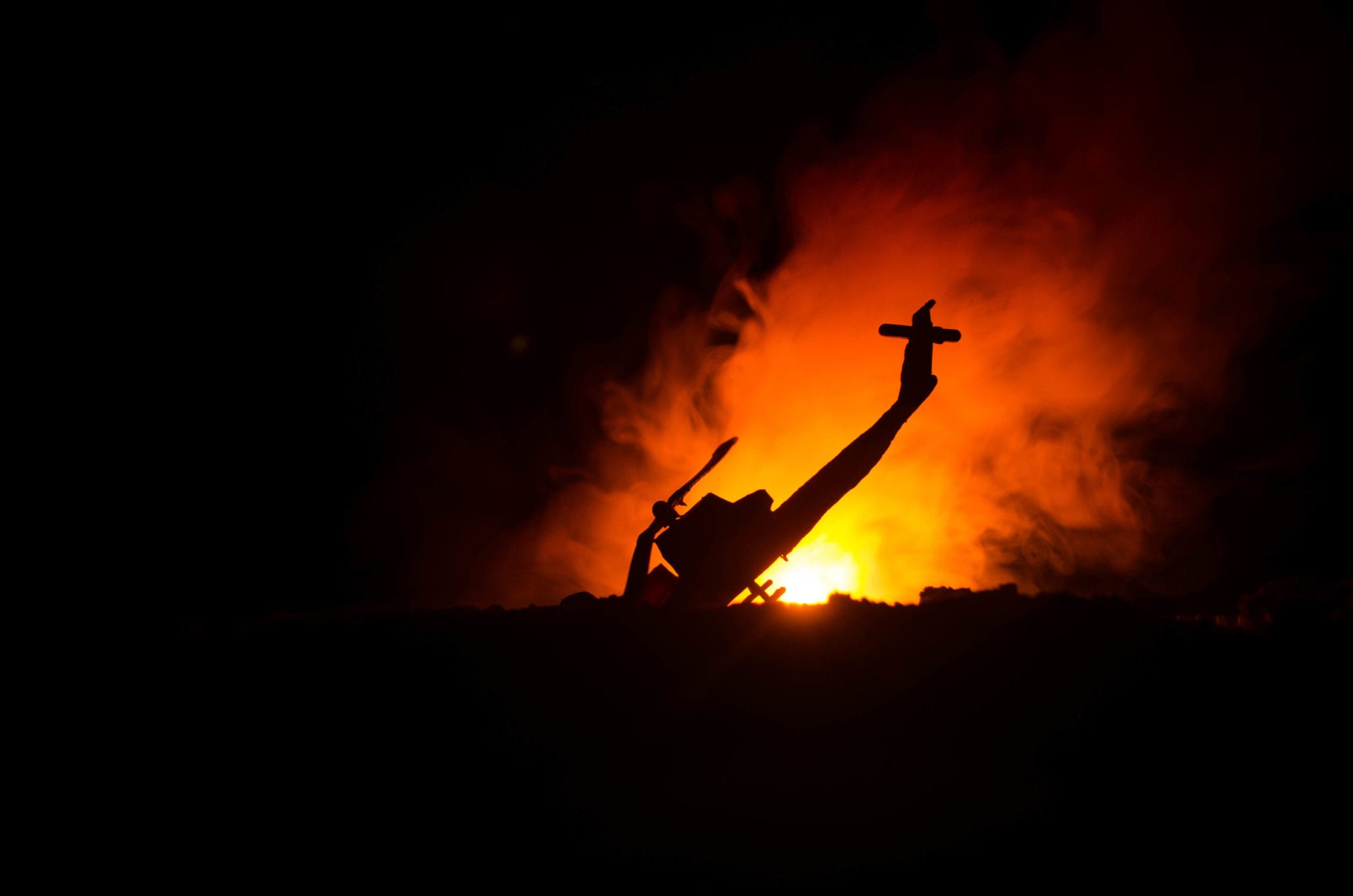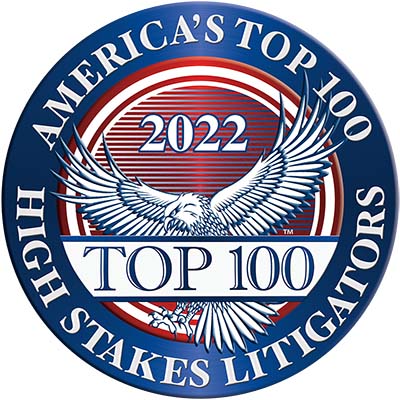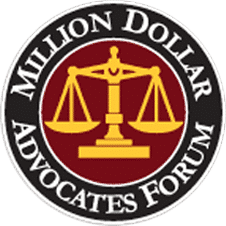Florida Helicopter Crash Investigations – What Goes into Them?
Kobe Bryant’s helicopter crash touched us all. Even if you didn’t follow his basketball career or know anything about his other endeavors, it is easy to relate as a husband or father.
His daughter Gianna’s death was equally heartbreaking, as were the seven others. He simply put a face and name on a tragedy that the press might not have otherwise noticed, and so we all now grieve, especially for the families.
So what actually happened? Who or what was responsible? Could something or someone have prevented it? Who will answer these and other important questions?
Two federal agencies are basically involved whenever there is any kind of aviation accident: The Federal Aviation Administration and the National Transportation Safety Board.
The Federal Aviation Administration
The Federal Aviation Administration (FAA) is a United States administrative agency. This means that Congress gave it powers to make specialized and limited rules and regulations.
In 1958, the Federal Aviation Act created it and in 1967, the Department of Transportation act merged all transportation agencies under its cabinet.
Responsibilities of the FAA
- regulates civil aviation and U.S. commercial space transportation
- operates and maintains navigation systems and air traffic control
- administers and develop safety programs
- administers and develops the National Airspace System.
The National Transportation Safety Board
The National Transportation Safety Board (NTSB) is also a United States administrative agency created in 1967 to specifically investigate aviation accidents among others.
Essentially, the two agencies work together like this: The NTSB issues suggestions to the FAA. The FAA decides whether to implement them.
How Is an Aircraft Accident Like Kobe Bryant’s Investigated?
The NTSB is the agency that actually carries out the crash site investigation. It first classifies the accident into one of four categories ranging from “major” to “limited” and then assigns a “Go Team” – a group of specialists that manage various aspects of the investiation including:
- Power Plants: survey of the engine and accessories.
- Structure: logging of the craft wreckage and calculations to determine impact angles, course, and altitude.
- Air Traffic Control: reenactment of the air traffic services.
- Operations: the crew’s duties for a certain period of time prior to the accident and flight history.
- Human Performance: an analysis of the crew’s routine prior to the accident that may (stress, drugs, illness, etc.)
- Weather: all relevant weather conditions data national and local sources.
- Systems: examination of the airline’s electricidal, pneumatic, hydraulic, and all other flight control system components.
- Survival Factors: impact forces, community emergency planning, responder efforts, impact injuries and police rescue efforts.
Once the investigators gather and record all their materials, the Safety Board then twelve-eighteen months to issue a final report.
Status of Kobe’s Helicopter Crash Investigation
At this time, the NTSB has not yet published its preliminary report and expects to issue its final report in 12 to 18 months.
Investigators have confirmed that the aviation weather advisory warned pilots visibility was poor and conditions required instrument flight rules navigation. This meant pilots would have to rely on their cockpit instrument panel to get through cloud cover.
Some refer to all that happened, the fog, the decision to fly, TAWS, etc. as a “cascade of errors,” meaning that when an emergency begins and then starts to escalate, it leads to a disastrous outcome.
Are Helicopters Like Kobe Bryant’s Safe?
Statistics reveal that private helicopter charters are involved in fewer accidents than planes. Issues involving helicopter tours usually arise from faulty equipment or pilot error.
So essentially, the helicopter risk rate is low. In Kobe’s case, there were visibility advisories and potential systems that might have helped avoid the “cascade of errors.”
If you or your loved ones are involved in any kind of tragedy, especially one involving a series of errors that could have been prevented, call an experienced Florida personal injury attorney. They’ll let you know if anyone violated you or your loved one’s rights.
About the Author:
Andrew Winston is a partner at the personal injury law firm of Winston Law. For over 20 years, he has successfully represented countless people in all kinds of personal injury cases, with a particular focus on child injury, legal malpractice, and premises liability. He has been recognized for excellence in the representation of injured clients by admission to the Million Dollar Advocates Forum, is AV Preeminent Rated by the Martindale-Hubbell Law Directory, enjoys a 10.0 rating by AVVO as a Top Personal Injury Attorney, has been selected as a Florida “SuperLawyer” from 2011-2017 – an honor reserved for the top 5% of lawyers in the state – and was voted to Florida Trend’s ”Legal Elite” and as one of the Top 100 Lawyers in Florida and one of the Top 100 Lawyers in the Miami area for 2015, 2016, and 2017.
 Study Shows Florida Dog Bite Claims Average Nearly $44k!
Study Shows Florida Dog Bite Claims Average Nearly $44k! 

















